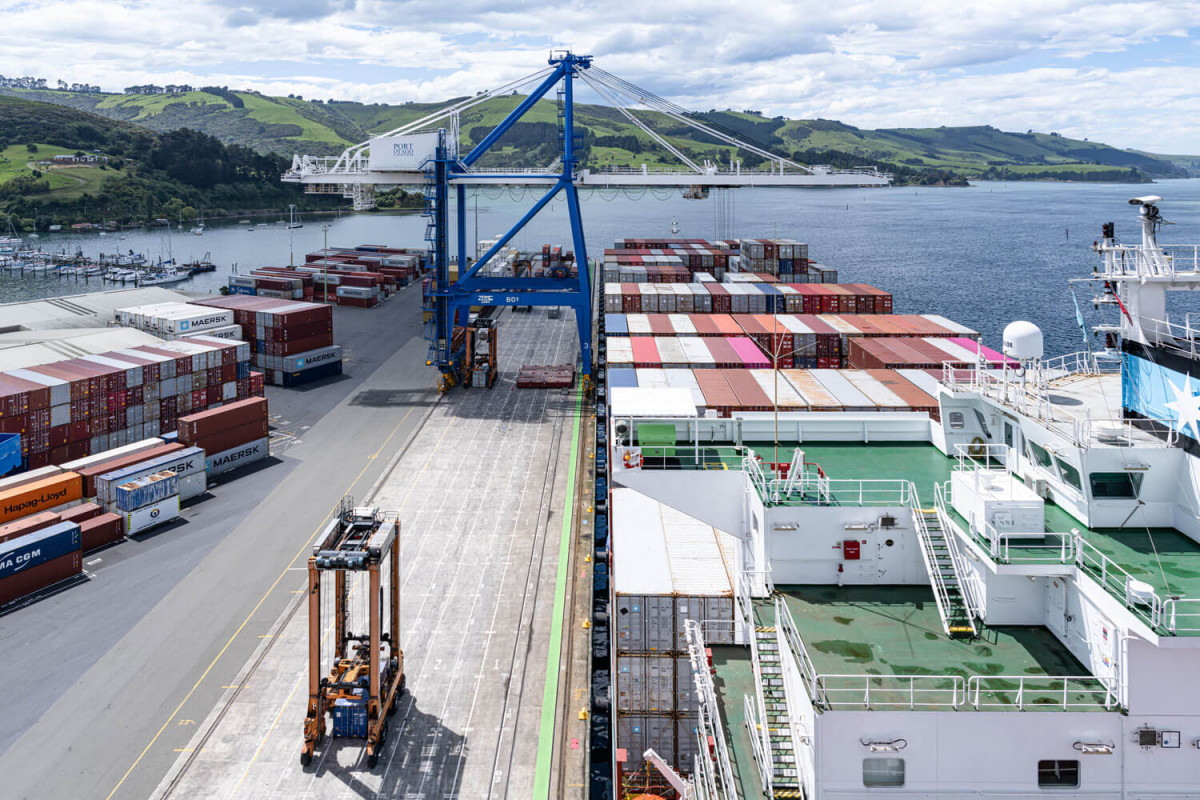Reducing carbon emissions

One of last year’s two steps towards our climate change related goals was to “Set science-based climate change targets”.
Strategic Projects Manager Kevin Kearney says thinking in the climate change space progressed significantly in the past year. “The sector now better understands the uncertainty around technology transition and the developing low carbon solutions. It appears that technology solutions are not advanced nor extensive enough to support either a science-aligned or science-based emission reduction pathway.* In reality, our emission reduction trajectory will be non-linear, as low carbon alternatives become available. We therefore consider it more useful to set emission reduction – that is, decarbonisation – targets that are driven by our asset replacement schedule. This aligns with many other large infrastructure businesses.”
* In the context of emissions reduction in New Zealand, science-based and science-aligned targets are essentially the same:
- Science-based targets structure focus on limiting global warming to 1.5°C.
- Science-aligned targets follow the same principles of science-based targets, but are not officially validated by a third party.
Port Otago’s approach
When it comes to climate change, a near-term target is five to 10 years. Sixty-eight per cent of Port Otago’s emissions relate to fuel and electricity.
Kevin says that, given the limited fuel alternatives available for marine plant in particular, setting ambitious near-term targets is not realistic. “In the interim, we are reducing marine carbon emissions by using fuel and activity data insights to drive process improvement in maintenance and operational activity.”
Our path to 2050
Within our decarbonisation roadmap, we are targeting net zero emissions by 2050.
We are using the next five to 10 year period to address key actions on our carbon emissions reduction pathway. The priority is investigating options to run current machinery more fuel efficiently, while we await technology advancements and proven electrical equipment to be commercially viable.
Absolute emissions versus emission intensity
Like other New Zealand ports, Port Otago is using software company BraveGen for emissions data collection and reporting. We are using the company’s software to better understand and calculate emissions intensity.
In the context of our port business:
- Absolute emissions = the total volume of carbon emissions generated by the company
- Emission intensity = the volume of emissions per unit of activity**.
Kevin says the software is used, for example, to refine management of the marine fleet. “We can drill down and schedule earlier maintenance activity, such as hull cleaning, to improve fuel efficiency.”
**The unit depends on the type of activity

